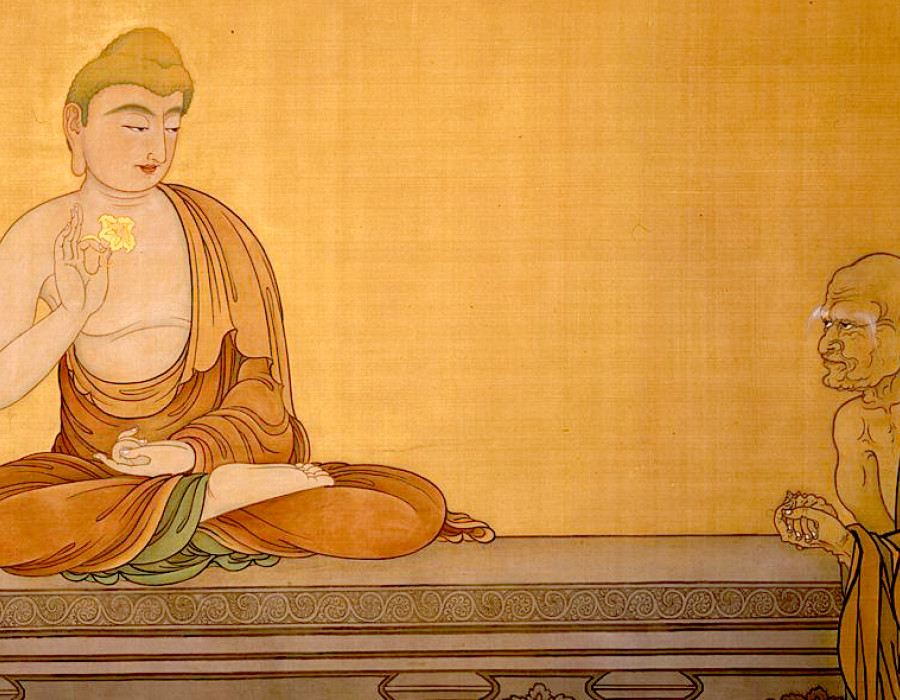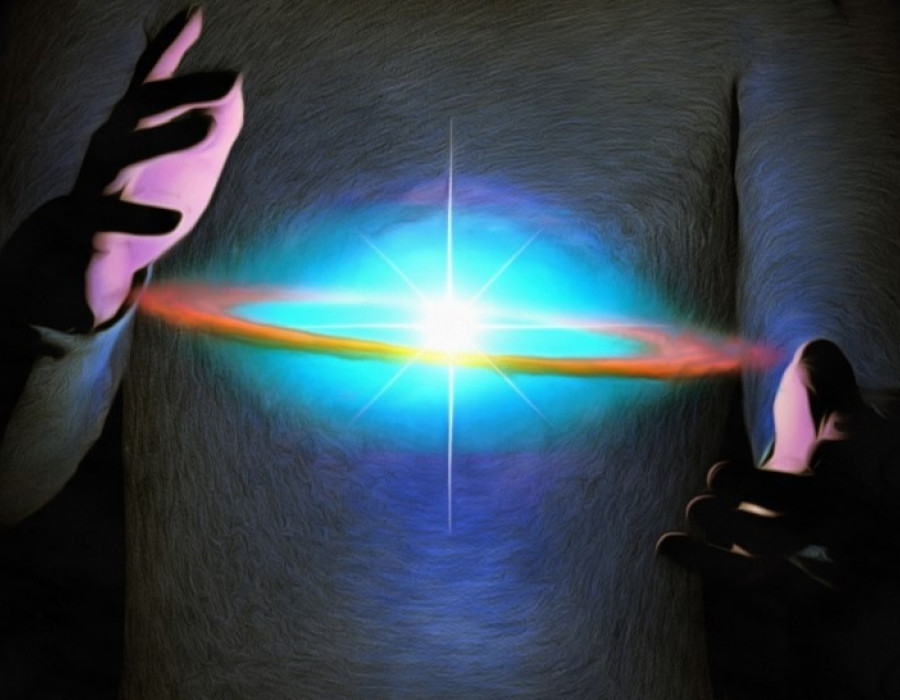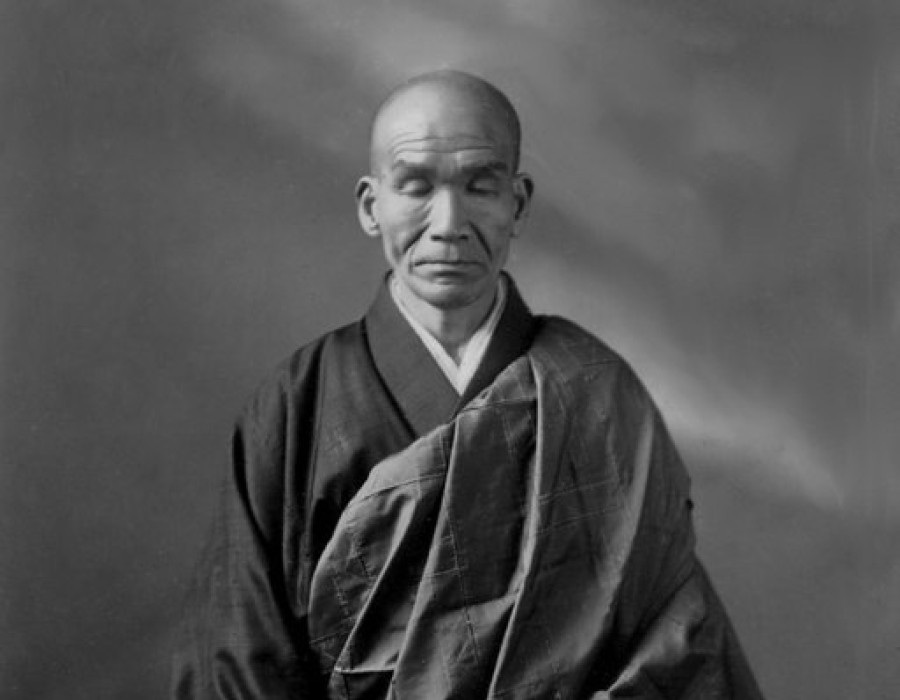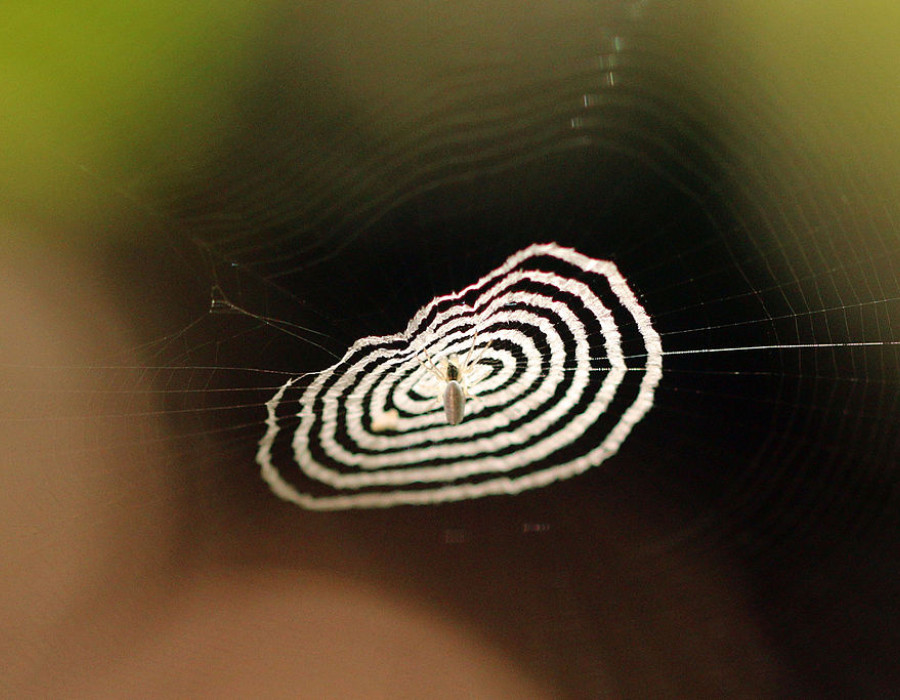
Martin Goodson
Introduction to the Six Paramitas
The Six Paramitas
The six paramitas form the central practice of Mahayana Buddhism.
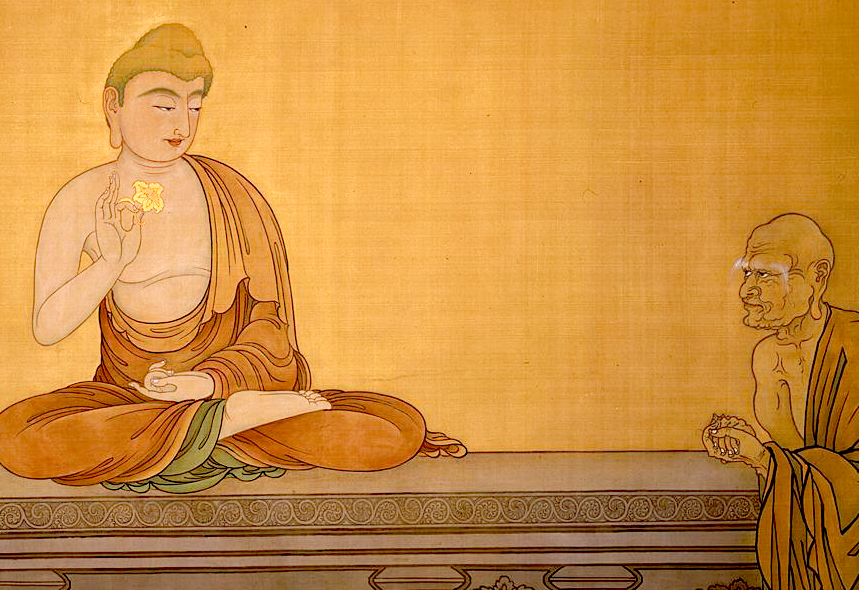
Mahākāśyapa receiving the special transmission of the Dharma from the Buddha
by Wikicommons
The six paramitas form the central practice formulation for Mahayana Buddhism; just as the Noble Eightfold Path forms the Arhat path.
A distinguishing feature of the Mahayana Path (Great Way), is the reorientation of the motivation for practice. Here it is geared towards Buddhahood and the ‘liberation of all beings’.
The Diamond Sutra, a classic text in the Prajnaparamita cycle of sutras, makes clear that the state of Buddhahood does not discriminate between self and other. In fact it goes further and says that ‘in reality’ self and other are appearance only.
Clearly, this is something that is foreign to ‘I’. But what then is this ‘I’, on a day-to-day basis? It seems so self-evident to ‘me’ that most of the time I do not question it!
The Buddha taught that there is no ‘I’ (anatta/anatman). But that there is the delusion that ‘I’ exist. Here lies the difference.
In the same way as when we go to the cinema and become engrossed in an action film. As the hero nearly goes off the cliff in the car chase it is the blood pressure of the audience that goes up. And yet, in reality, there is no hero, no precipice and no car chase; isn’t it just light and shadows on a two-dimensional screen?
The Heart/Mind behaves ‘as if’ there is ‘I’. Just as the images on a screen create very real effects on the Mind and the Body of the participating audience so do the thoughts create the appearance of ‘I’.
So for our exercise we can take the time to look into this a little more deeply. When am I there? When am I not there?
One obvious event when I am not there is when asleep. There is no consciousness of ‘I’ or ‘me’ or ‘mine’ during that period. Of course there are dreams but even here this consciousness is not the same as our usual self-awareness. But what about when awake, am I always here then?
Let’s go back to watching that film that engrosses me. Is it not so that if really caught up in the on-screen action I am no longer myself? That in fact it is as if ‘I’ am the character in the story? What about when reading that gripping book - the same?
What about when involved in a hobby or doing something really interesting to me, am I myself or have ‘I’ and all my usual preoccupations become absorbed into the ‘doing’ of the event?
In other words if the thought of ‘I’ is not there am ‘I’ there at all?
Having taken some of that in let’s go to the other side of this phenomenon.
When am I there strongly?
As a pointer, the Buddha shows us the Wheel of Life and in particular the centre or hub of that Wheel. There are the three animals - snake, cockerel and the boar representing the Three Fires or the emotional complex that grips consciousness.
When I am ‘heated’ up or ‘upset’ or ‘thwarted’ is it not so that the actions and thoughts and words from my mouth become increasingly about ‘I’ and ‘me’ and ‘mine’?
In particular my opinions, and if ‘fired-up’ about something is there not a strong sense of ‘My Will Be Done!’ in the feeling tone of consciousness?
The practice of the six paramitas take the wayfarer beyond ‘I’. The term – ‘param’ means to go beyond or to cross over, to the other shore. This comes from the famous Parable of the Raft that the Buddha taught. Only it takes it to a deeper level. Here the other shore is ‘beyond I’ or ‘beyond what I can conceive is possible for me to do’. In this way we begin to see what the paramitas are pointing towards.
Giving paramita
Discipline/practice paramita
Patient endurance paramita
Devoted energy paramita
Meditation paramita
Wisdom paramita
These six powers of the heart which through this formulation now go beyond ‘I’ - to what? Well if Buddhahood is beyond ‘I’ then perhaps we get an inkling of where this particular practice formulation is going.
The six paramitas along with the doctrine of sunyata or emptiness form the substance of the Great Prajna (Wisdom) Paramita sutras. The paramitas is the practice formulation; sunyata means emptiness of ‘I’ and is another way of saying ‘Beyond I’.
Over the next few exercises in this series we will be going a little more deeply into this formulation to see how it might be put into practice but for now just look at what this ‘I’ actually is in our own stream of consciousness. When am I? When am I not?
The Six Paramitas | Martin Goodson
Exercises in Mindfulness

